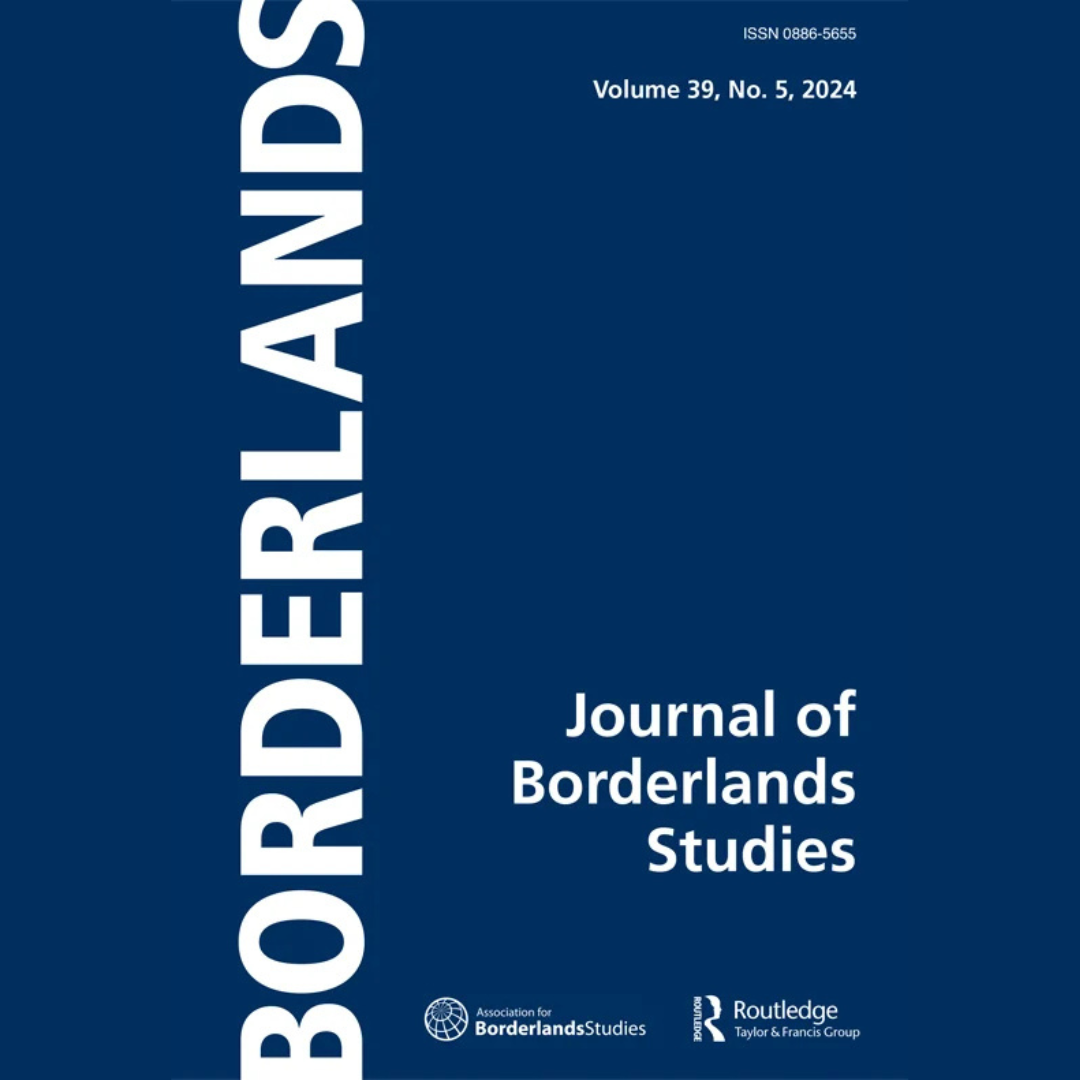The production of policy briefs is one of the ways in which B-SHAPES tries to maximize the impact of its research and disseminate the outcomes of the project. So far, two documents have been published that showcase the academic work done in the project:
- Policy brief #1: “The effects of COVID-19 border closures on commuters, families, and students”.
This document is based on the review of newspapers and touches on the ways in which Schengen border closures during the pandemic affected people living and/or working in border regions, where mobility and connectivity are features of cross-border functional economic areas. - Policy brief #2: “The role of minority media in shaping narratives on borders and Europe”.
This brief examines how minority media cover border-related issues in four European borderlands populated by autochthonous national minorities. This document gives a way of dealing with the gap between local concerns and the broader European context.
Members of the B-SHAPES consortium are also working on writing research-based articles, reflecting their work on euroscepticism, minorities and landscape in borderlands. Last week, the first article was published by Eeva-Kaisa Prokkola, Dorte Jagetic Andersen, Fredriika Jakola, Tomas Nilson and Sara Svensson: “Multilayered Borders as a Method for Studying Tourism Destinations: A Case of Northern European Border Regions”.
This research adds to the framework for analyzing tourist destinations and contemplates how borders become a way to promote the borderlands after the pandemic. The examination of regional tourism development through the prism of borders informs us about the compatibility of the idea of a “borderless” Europe with border region “realities.”
The article is available in open access here.

